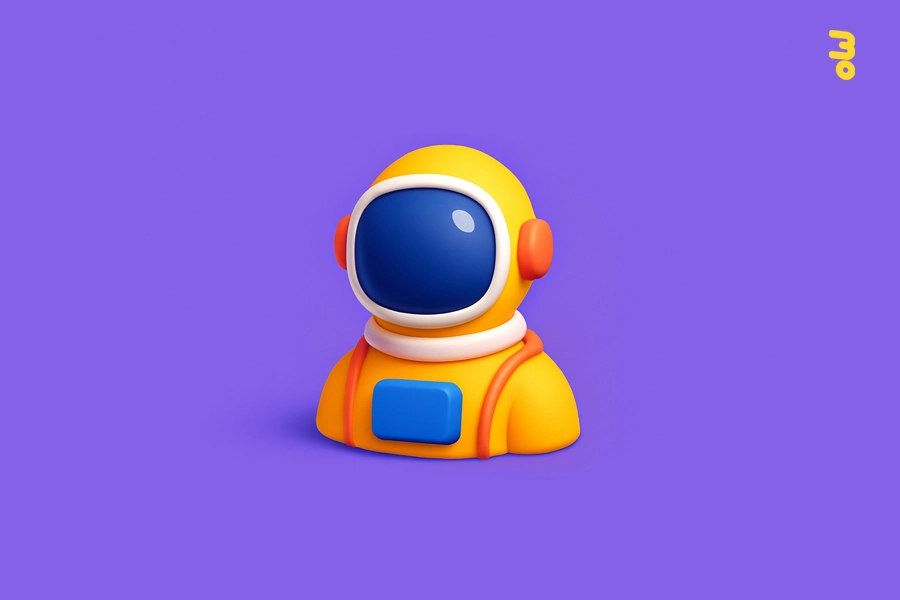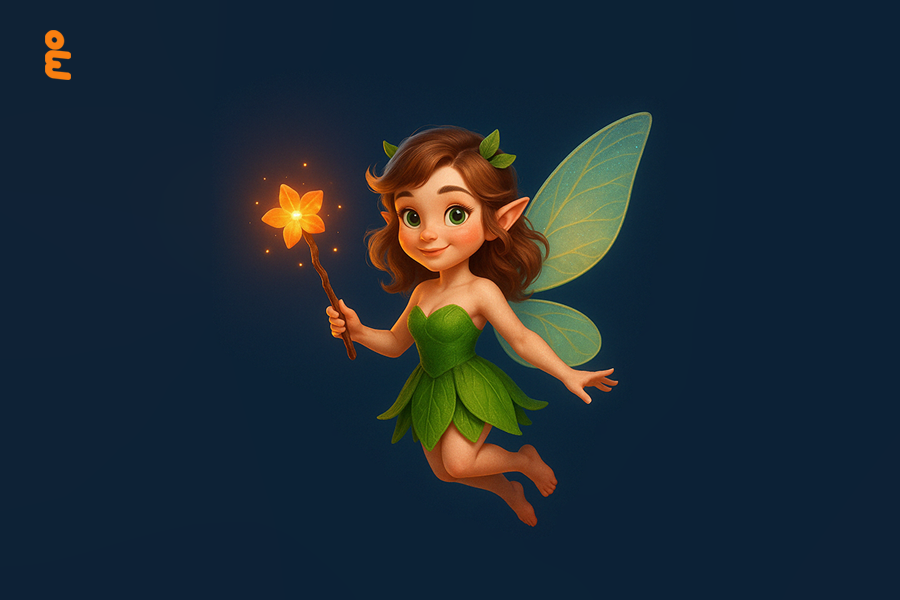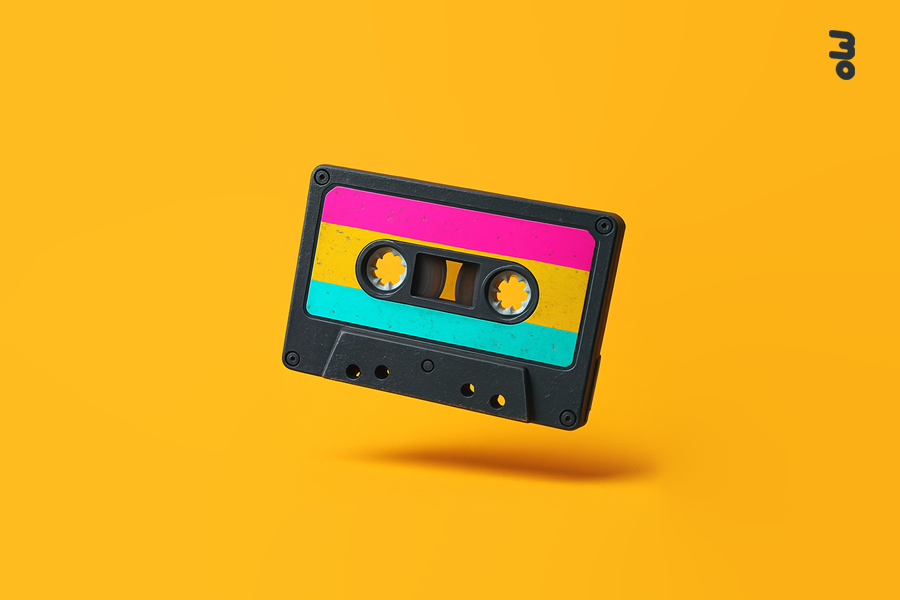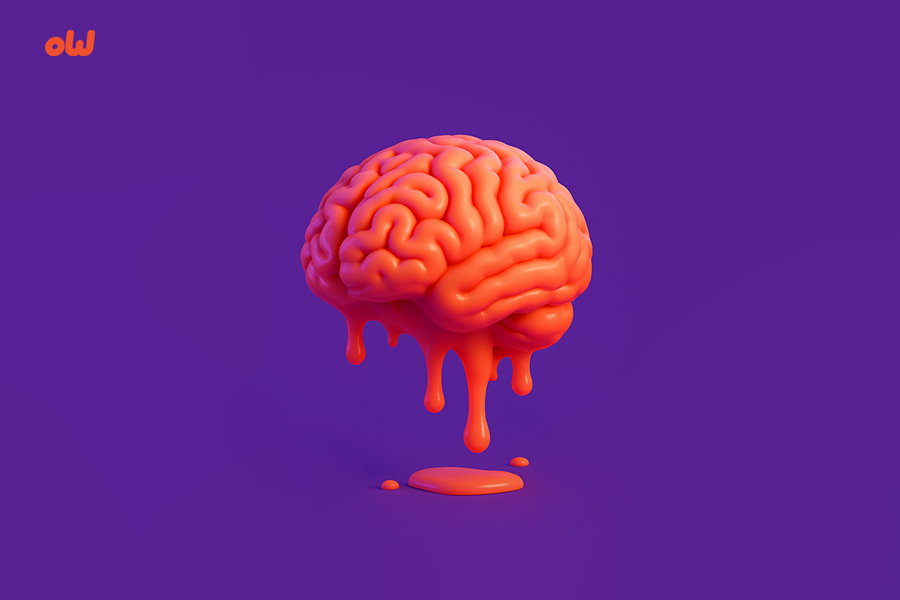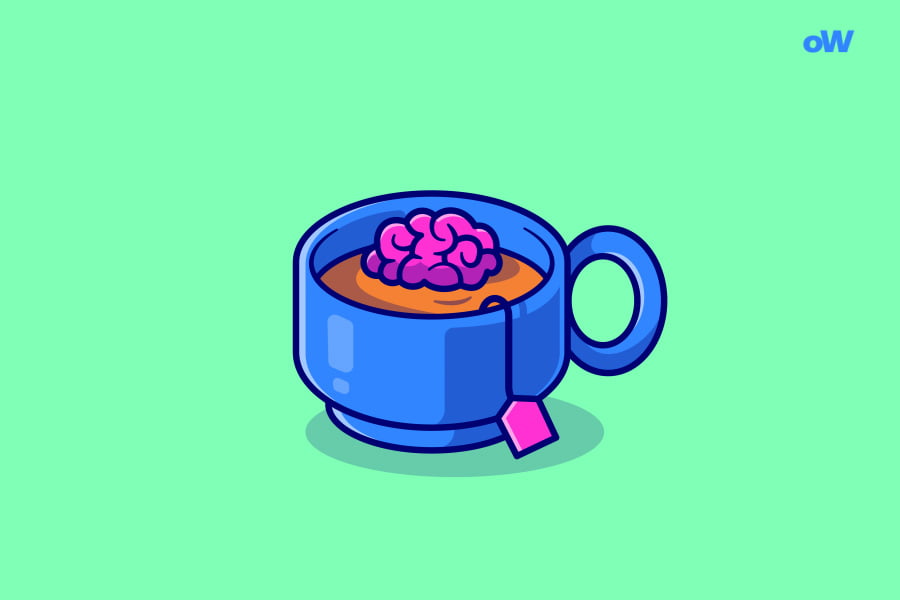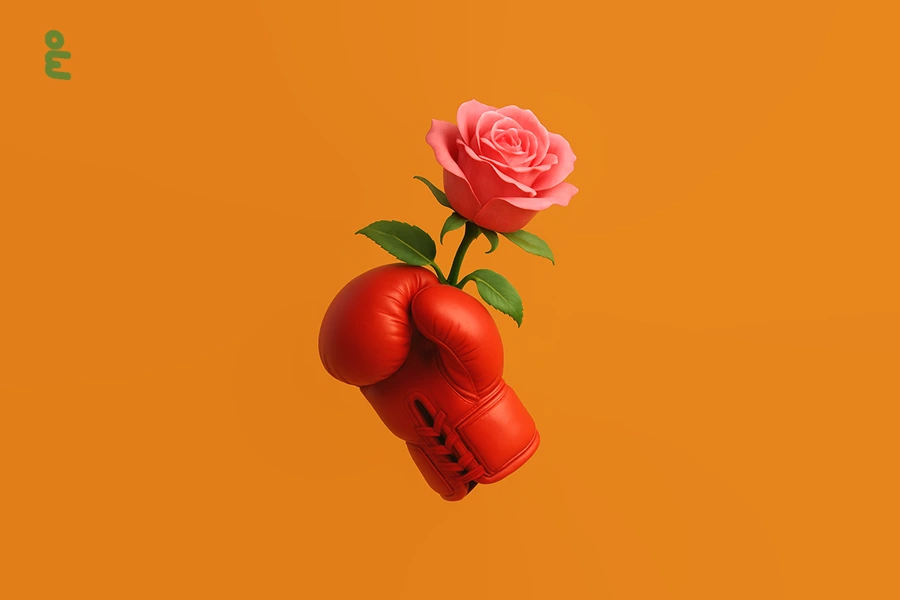Quiz: Are You Kiki or Bouba?
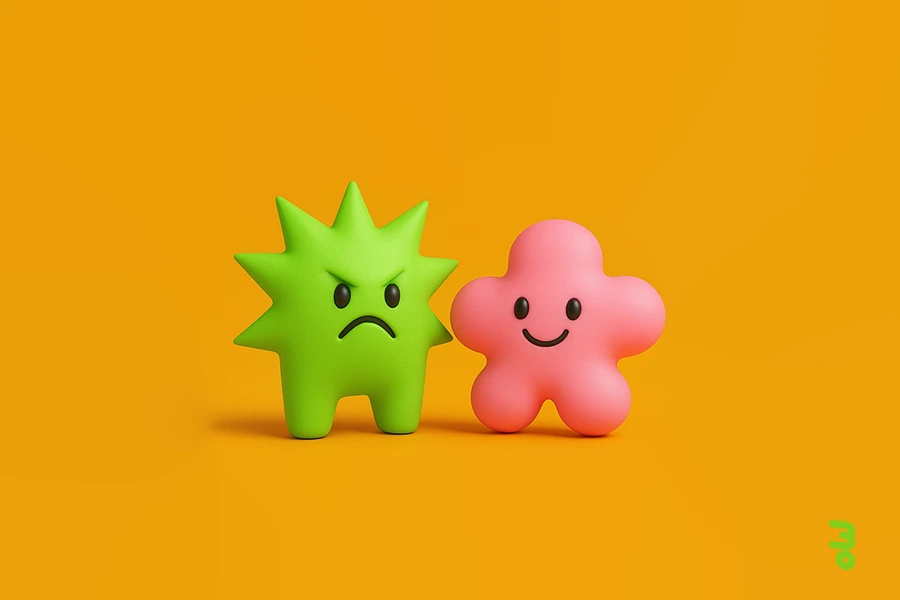
Close your eyes. Picture two abstract figures: one with sharp angles and jagged edges, another soft and rounded, like a cloud. Now tell me, without thinking: which one is Kiki, and which is Bouba? If you, like 95% of people on the planet, called the angular figure Kiki and the rounded one Bouba, congratulations – you’ve just touched upon one of the most mysterious features of human perception. And our quiz will help you discover who you are in this amazing world of sound associations.
The Kiki-Bouba Phenomenon: When Sound Takes Shape
At the heart of this phenomenon lies our brain’s remarkable ability to create connections between seemingly unrelated things – sounds and shapes. This isn’t just an amusing coincidence or cultural convention. We’re talking about a fundamental mechanism of perception that psychologists call crossmodal correspondence or sound symbolism.
The phenomenon is so consistent that it manifests in people of all ages, from two-year-old toddlers to elderly individuals, across all studied cultures – from Amazon tribes to Tokyo residents. Even people speaking languages with completely different phonetic structures demonstrate striking unanimity on this matter.
From Laboratory to TikTok: The Evolution of a Psychological Experiment
The story began in 1929 on the Canary Islands, where German psychologist Wolfgang Köhler conducted experiments with local residents. He showed them two figures and asked which one was “takete” and which was “baluba.” The results were so unambiguous that they made the scientific community reconsider the nature of language and perception.
The experiment was forgotten for almost 70 years until 2001, when neurobiologists Vilayanur Ramachandran and Edward Hubbard resurrected it, replacing the words with “kiki” and “bouba.” Their research at the University of California showed even more impressive results – response consistency reached 98%.
Today, the Kiki-Bouba phenomenon has gone far beyond academic circles. On TikTok, the hashtag #kikiboubatest has garnered millions of views, with users creating videos applying the principle to the most unexpected things – from choosing pet names to determining a person’s character by their appearance. Memes about “Kiki energy” and “Bouba vibes” have become part of internet culture, and the test itself has transformed into a method of self-discovery for a new generation.
What Is This Quiz About?
Our quiz is a genuine journey into the depths of your perception. We took the classic experiment and expanded it to explore how the Kiki-Bouba principle manifests in different aspects of your personality and preferences.
The quiz analyzes not only how you perceive abstract shapes and sounds, but also your preferences in music, design, communication, and even food choices. After all, research shows that people with predominant “Kiki perception” more often choose spicy food, prefer electronic music to jazz, and gravitate toward minimalist design. “Bouba personalities,” conversely, love comfort, soft textures, and flowing melodies.
The quiz result isn’t just a label, but a map of your sensory world, showing how you process information and which associative connections dominate your perception.
Key Perception Traits the Quiz Evaluates
We’ve identified five main aspects through which the Kiki-Bouba effect manifests in our daily lives. From basic sound-shape matching to complex social patterns – each of these traits forms a unique perceptual personality profile. Our quiz explores all these levels, creating a multidimensional portrait of your perception.
1. Phonetic-Visual Synesthesia
This is the basic level of the Kiki-Bouba effect – the brain’s ability to connect sound characteristics with visual images. The “k” sound in “kiki” requires sharp tongue movement, creating an acoustic pattern with high frequencies and abrupt transitions. The brain automatically associates these characteristics with sharp angles and quick movements. The “b” sound in “bouba,” conversely, is created by rounding the lips, producing low-frequency waves with smooth transitions.
The quiz evaluates how strongly this connection manifests in you through a series of questions about preferences in typography, architecture, and even choosing avatars for social media.
2. Emotional-Sensory Associations
Research shows that the Kiki-Bouba effect extends far beyond simple sound-shape matching. People associate “kiki” with emotions like excitement, anxiety, and energy, while “bouba” is linked to calmness, comfort, and safety.
Our quiz explores how these associations influence your emotional landscape: what music you play in stressful situations, what colors you choose for decorating personal space, how you react to conflicts.
3. Tactile-Taste Preferences
Surprisingly, the Kiki-Bouba principle works even with non-visual sensations. Dark chocolate with high cocoa content is more often described with “kiki words” (sharp, intense, acute), while milk chocolate gets “bouba words” (soft, creamy, enveloping).
The quiz includes questions about your gastronomic preferences, favorite fabric textures, even how you prefer to set room temperature – all of this helps determine your sensory profile.
4. Social-Communicative Patterns
Research in psycholinguistics has discovered a connection between the Kiki-Bouba effect and communication style. “Kiki personalities” more often use direct, structured speech with clear boundaries between thoughts. Their messenger texts are usually short and to the point. “Bouba personalities” prefer smooth transitions between topics, use more metaphors and emotionally colored vocabulary.
5. Spatial-Temporal Organization
The final aspect concerns how we organize space and time around us. “Kiki-oriented” people gravitate toward clear schedules, love organizational systems with distinct categories, prefer angular furniture and geometric patterns in interiors. “Bouba natures” are more flexible in planning, their workspaces often have rounded forms, and natural motifs predominate in their décor.
How We Adapted the Classic Experiment for a Modern Quiz
Transforming an academic experiment into an engaging quiz required a creative approach. We preserved the scientific foundation but added elements of gamification and personalization that make the process not only educational but also entertaining.
Instead of a binary result (you’re either Kiki or Bouba), we created a spectrum with percentage ratios. You might be 70% Kiki and 30% Bouba, which reflects the real complexity of human perception. We also added subtypes: Sharp Kiki, Soft Kiki, Bouncy Bouba, Flowing Bouba – each with their own unique characteristics.
The Kiki-Bouba phenomenon is more than just an amusing psychological trick. It’s a window into the amazing world of synesthesia, where the boundaries between senses are blurred, and our brain constantly creates invisible bridges between different types of information. Every time we choose a font for a presentation, come up with a project name, or simply decide what music to play, we unconsciously use these deep associations.
By taking our quiz, you won’t just learn whether you’re Kiki or Bouba. You’ll get a key to understanding how your unique brain interprets the world, creating a harmonious picture of reality from the chaos of sensory information. And who knows – maybe this knowledge will help you better understand not only yourself but also those who perceive the world differently. After all, in the symphony of human experience, we need both the sharp notes of Kiki and the soft overtones of Bouba.
Disclaimer 📢
This quiz is designed for entertainment purposes only. The results are not scientifically validated and do not constitute professional advice or assessment. The quiz results are meant to be fun and should not be used as a basis for any life decisions or as a substitute for professional consultation. If you need personalized guidance, please consult with appropriate qualified professionals.
Questions Overview 🧠
- A star with sharp, radiating points
- A smooth, flowing cloud shape
- A hexagon with rounded corners
- An irregular splatter shape
- Ziktok
- Mooloo
- Velixar
- Qwurble
- Angular, geometric typefaces with sharp edges
- Rounded, bubbly letters with soft curves
- A clean sans-serif with subtle character
- A glitchy, distorted experimental font
- A metallic triangle
- A velvet sphere
- A smooth cube
- Static television noise
- Intersecting glass shards
- Flowing molten wax
- Polished marble with defined edges
- Random found objects
- Zigzags and lightning bolts
- Spirals and loops
- Geometric patterns
- Abstract chaos
- Crisp linen sheets
- Soft fleece blanket
- Smooth leather
- Bumpy popcorn ceiling
- A jagged lightning bolt
- A pulsing red circle
- A sharp-edged square
- TV static
- Diagonal, creating triangles
- Not cutting it at all
- Straight down the middle
- Random, uneven pieces
- Breaking ice
- Nothing pleasant
- A door hinge
- An alien language
- Sharp angles and pointed letters
- Rounded, loopy cursive
- Neat, balanced printing
- Illegible scrawl
- A spiky star
- An oval
- A diamond
- A fractal
- Pop it methodically in rows
- Gently squeeze without popping
- Pop a few bubbles then save the rest
- Twist it into weird shapes
- Sharp, angular, and metallic
- Spiral and cushioned
- Standard and predictable
- Impossible M.C. Escher-style
- Absolutely nothing
- Something soft and comforting
- A type of fabric
- Whatever you want it to mean
